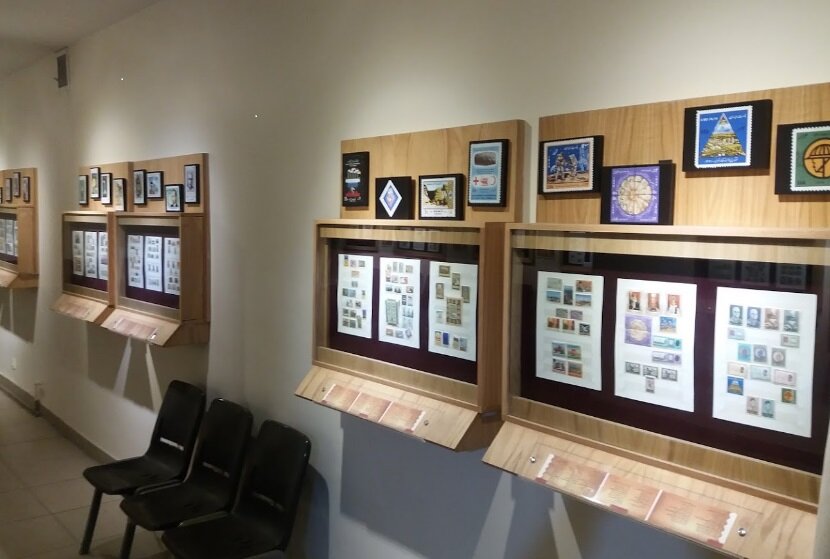Iranian museum wins a Guinness world record

TEHRAN—Yekta Specialized Stamp Museum, with more than 2.5 million stamps, has been registered in the Guinness Book of Records.
Announcing this, museum director Seyyed Hassan Mousavi said that this success is the result of years of effort and dedication in collecting and preserving cultural and historical artifacts related to stamps, coins, and banknotes, IRIB reported.
He said that Yekta Stamp Museum, which is located in Karaj, Alborz province, is not limited to displaying stamps alone. It also has four separate sections including stamps, coins, banknotes, and a specialized library, each of which reflects the history, art, and culture of Iran and the world, he added.
The museum director also said that in the stamp section, more than 2.5 million pieces have been collected, from the first official printings of Iranian stamps to contemporary examples, as well as international stamps.
This collection includes rare and historical stamps that depict examples of political, social, and cultural developments in Iran and the world, he pointed out.
Regarding the banknotes and coins section, he said that banknotes from the Pahlavi era, World Wars I and II, and examples from different historical periods are on display for those interested in this section. A collection of coins from the Safavid and Qajar eras is also kept, which have great historical and research value, he added.
Emphasizing the importance of this museum in the development of cultural tourism, he added: “Our goal is to familiarize the visitors with the history of Iran and the world in a tangible way, in addition to viewing the works. The coins and banknotes section clarifies the historical connection between economy, art, and culture for the audience, and the stamps section also presents a picture of the social and cultural developments of each period.”
Mousavi said that the museum's specialized library, with more than 600 copies of lithographed books and fragmentary manuscripts, contains valuable research resources that are accessible to the researchers and history and art enthusiasts.
These books are considered rare and scarce resources, and studying them can help better understand the written history and cultural documents, he added.
Regarding the museum's future plans, Mousavi added: “We are planning to launch new sections, including temporary exhibitions, educational workshops, and cultural programs for children and adolescents, to increase the museum's appeal to visitors and increase interaction with the younger generation.”
“We hope that by increasing the visits and introducing this collection further, we will be able to present a part of Iran's culture and history to domestic and foreign audience and promote cultural tourism.”
KD
